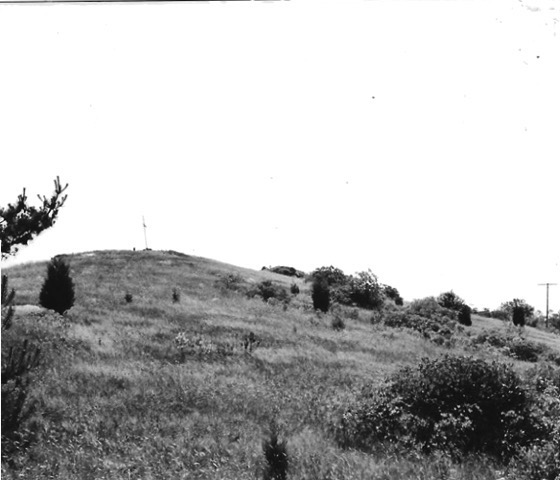This is the second of the videos made from the work product of the Elmhurst Students.
Growing Up on Glen Farm
September 25, 2023
Portsmouth History Leave a comment
I was looking through a box of memories from my days at Elmhurst School. There were CDs with an oral history done around 2002. My third grade students interviewed the Camara Sisters, (Mary Lou Lemieux and Geri Leis) about their childhood on Glen Farm. These same students the next year used the interviews to create a video calling for the restoration of the Leonard Brown House. This is the first of the videos – about the people on Glen Farm. The ladies endured interview questions from four different classes and often there were several versions of the same story. It is raw – it is a work product and not a finished product, but as a historian I believe that oral histories are very important to understanding life in the past. Both of the ladies are gone now, but their stories remain with us through their interviews.
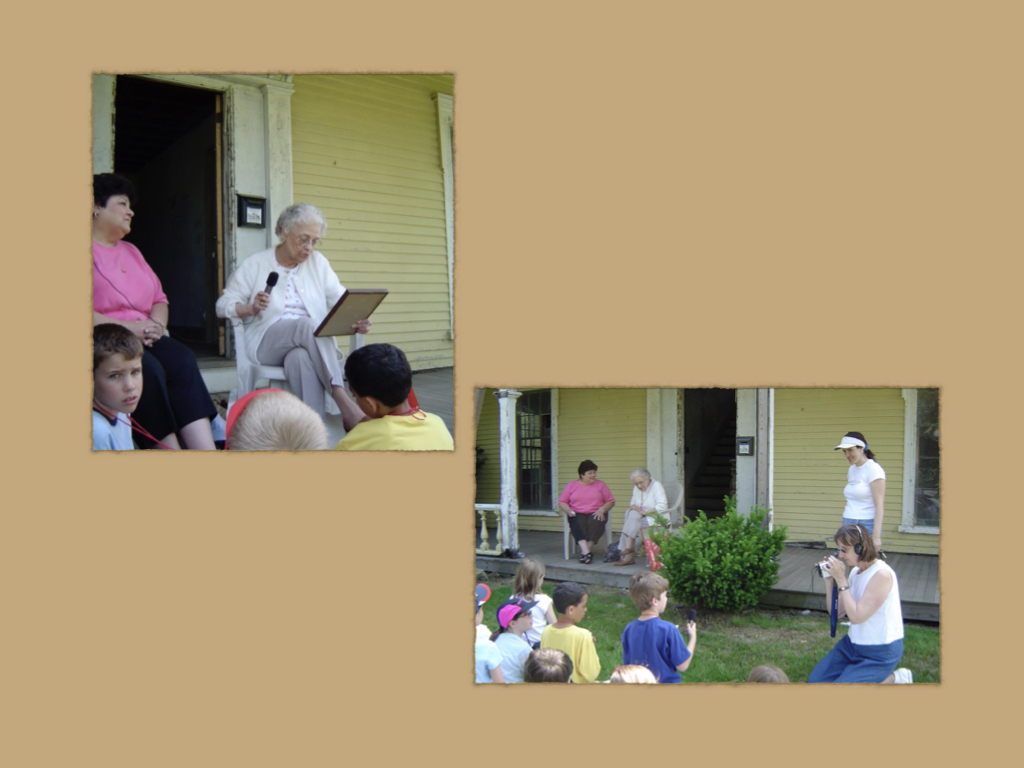
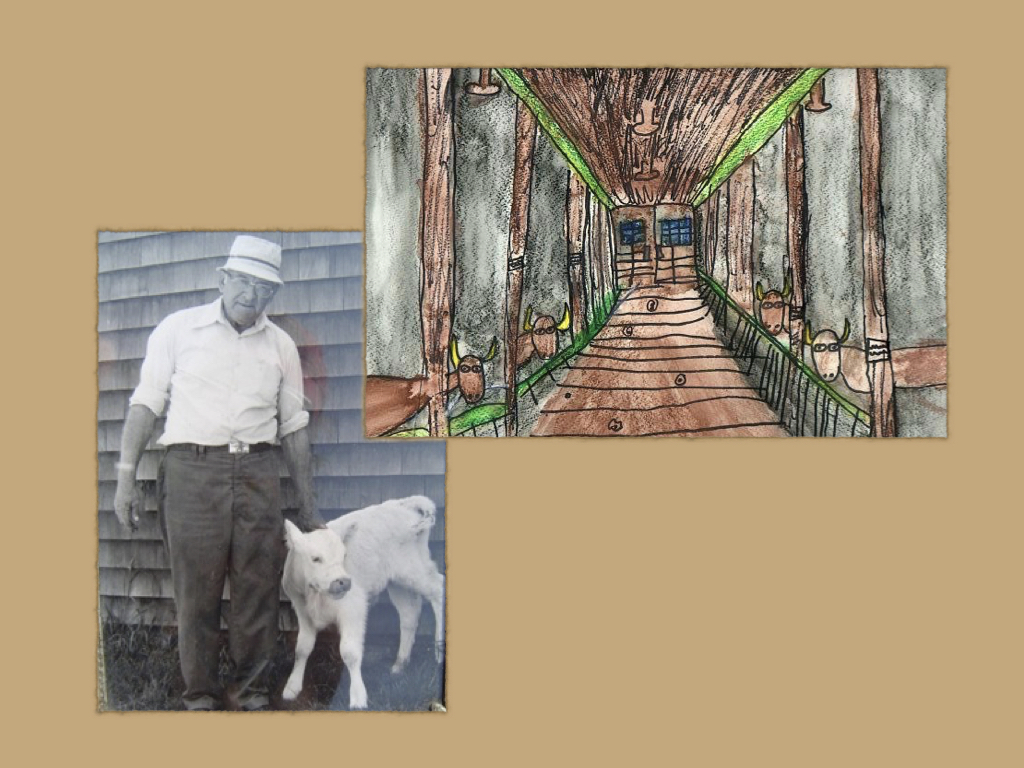
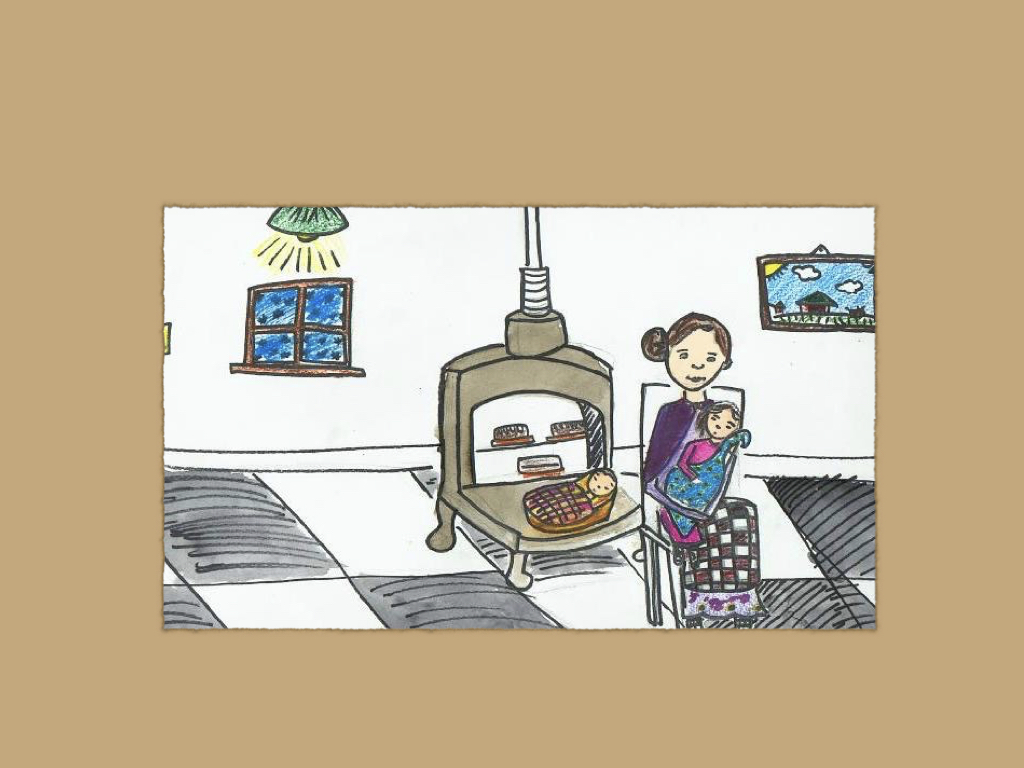
Seth Anthony Remembers the Battle of Rhode Island
September 9, 2023
Portsmouth History, Revolutionary War Battle of Rhode Island, Nathanael Greene 1 Comment
In researching another topic in Revolutionary Rhode Island, I came across a book by Judge Benjamin Cowell. Cowell was born in 1781, so he wasn’t a Revolutionary War Veteran, but he made it his aim in life to help Rhode Island veterans get their pensions. He began recording the stories these old soldiers had to tell to justify their service. Cowell began to gather eyewitness accounts, speeches, letters, rosters and every piece of information he could find on Rhode Island’s role in the War for Independence. In 1850 he gathered all this material into a book: Spirit of ’76 in Rhode Island. I am gradually making my way through this book, but I found a Portsmouth story to share.
Cowell introduces the story this way (he refers to himself as “the writer”: “In the summer of 1849, the writer reconnoitered the battle ground on Rhode Island to ascertain any interesting facts which might be within the recollection of any of the old inhabitants in the neighborhood; and in his researches, he called at the house of Mr. Seth Anthony, an aged “Friend” who now lives on the farm where the battle took place, and always lived in the neighborhood. From him he gathered no little information, and from questions which the writer put to him he received a few days afterwards the following reply, which deserves a place in these sketches.
Portsmouth, Oct 13, 1849. To Benjamin Cowell, Providence, Respected Friend, —In answer to thy questions I have to say, that I was about twelve years of age at the time of Sullivan’s expedition against the British, and lived with my father on the west road on the Island, about two and a half miles from Bristol Ferry, lived there all the time the British were in possession of the Island, and I have now, although eighty-two years of age, a distinct recollection of most of the events that took place, at least in our neighborhood. The battle on the 29th of August, 1778, took place on the farm on which I now live, which is a little to the westward of the house where my father lived; there had been skirmishing all day, but the principal fight was a little northward of “Anthony’s Hill.” (Note that we call it Almy’s Hill.) Before the American troops came on the island, the British had fortified Butt’s Hill, one of their Generals (Smith) quartered at my father’s house, the Hessians quartered in the Friends’ Meeting House on Quaker Hill. After General Sullivan came on, the enemy retreated towards Newport, and I recollect General Greene took up his quarters at my father’s house.
When the enemy came back on the 29th, while Gen. Greene was eating his breakfast, our house-maid said to him, the British would have him; he observed very cooly “he would eat his breakfast first;” after he had done he went to his troops. During the day some Hessians entered our house, and plundered every thing they could,— they took my father’s silver knee-buckles; I saw one of them take hold of my father and demand his money and threatened his life, but he did not get it; my father had about two thousand dollars in gold and silver, but he had taken the precaution to bury it under an old stone wall. The Hessians also searched my mother’s pocket, turned it inside out, but there was no money in it. My father and mother were “Friends,” and we kept silence as to our political opinions. I remember Gen. Green once observed that his mother was a Friend, and was opposed to his going into the army, but she said “if he would go, to be faithful.” There appeared to be fighting all day, sometimes one side would drive the other and then be obliged to retreat. But as far as I could judge, the main armies did not fight. It appears to me the events of that day will always be fresh in my recollection.
I also remember the great storm some days before the battle, I never knew so severe a storm before; it lasted several days, and did a vast deal of damage. The day after the battle the Americans all left the Island. And I also do distinctly recollect that the day after the fighting the British determined to burn all the houses in our neighborhood, and would have done it if the Americans had not left the Island that night.- We had this information from the British Officers.. (Signed). Seth Anthony
1922: D.A.R. placed tablet “To mark the site of Butts Hill Fort”
September 4, 2023
Portsmouth History, Portsmouth Landmarks Butts Hill Fort, DAR, Lafayette Leave a comment
In a corner of Butts Hill Fort there is a boulder that obviously once held a plaque. The Butts Hill Fort Restoration Committee is diligently working on clearing the area around the boulder and there are hopes of restoring the plaque or making a facsimile to restore the memorial to its intended tribute. Today the original memorial is damaged and in the protective custody of the Portsmouth Historical Society. We know what it looked like in its prime.
A 1925 book “France and New England” by Alan Forbes and Paul Cadman, prominently mentioned the plaque and features an image of it. (1)
“Butts Hill Fort, on the east road between Tiverton and Newport and in the township of Portsmouth, on the north end of the island of Rhode Island, has been permanently associated with Lafayette by placing at the southeast corner of the earthworks a native boulder, on the face of which is a bronze tablet, the inscription reading as follows:
To mark the site of
Butts Hill Fort in the Field of the Battle of Rhode Island
August 29, 1778
The Major General
John Sullivan and Nathanael Greene
Commanding the Continental Troops
Pronounced by the Marquis De Lafayette
The Best Fought Action of
The War of the Revolution
Erected by the Rhode Island
Daughters of the American Revolution
1922
Even before Rev. Roderick Terry purchased the land that encompassed Butts Hill Fort, the Daughters of the American Revolution (D.A.R.) were honoring the fort on the one hundred and forty-fourth anniversary of the Battle. Newspaper accounts at the time report that two hundred and fifty people gathered on August 29, 1922 to unveil a tablet that “commemorates the battle on August 29, 1778 when sturdy Americans under Gen. John Sullivan fought the best planned battle of the Revolution.” (2)
The unveiling drew members of the D.A.R. from all “corners of Rhode Island and neighboring states.” (Newport Mercury). Other organizations took part in the ceremonies as well. Portsmouth Girl Scouts gave the bugle call and sang the “Star Spangled Banner.” Invitations were sent to the Sons of the American Revolution, Rhode Island Historical Society, Newport Historical Society, Rhode Island Citizens Historical Society, Bristol Train of Artillery, Sons and Daughters of the Puritans and Quequechan Chapter from Fall River. The public was invited to attend. (3)
After the unveiling, prayers and speeches, the guests were treated to a basket lunch at the Sprague Street home of Mrs. D. Frank Hall. It was the Hall family that owned the fort property before Rev. Terry bought it and put it into the care of the Newport Historical Society.
The Lafayette quote “The best fought action of the War of the Revolution” intrigued me because I have been researching the Marquis’ role in the Rhode Island Campaign. This quotation is widely attributed to Lafayette, but I could not find a confirmation in any of his letters of the time. Lafayette missed most of the action in the Battle of Rhode Island because he was sent to Boston to persuade the French fleet to come back to Newport. He did however, lead the last of the American troops to safety in Tiverton. He greatly admired Sullivan’s skill in executing a well planned retreat.
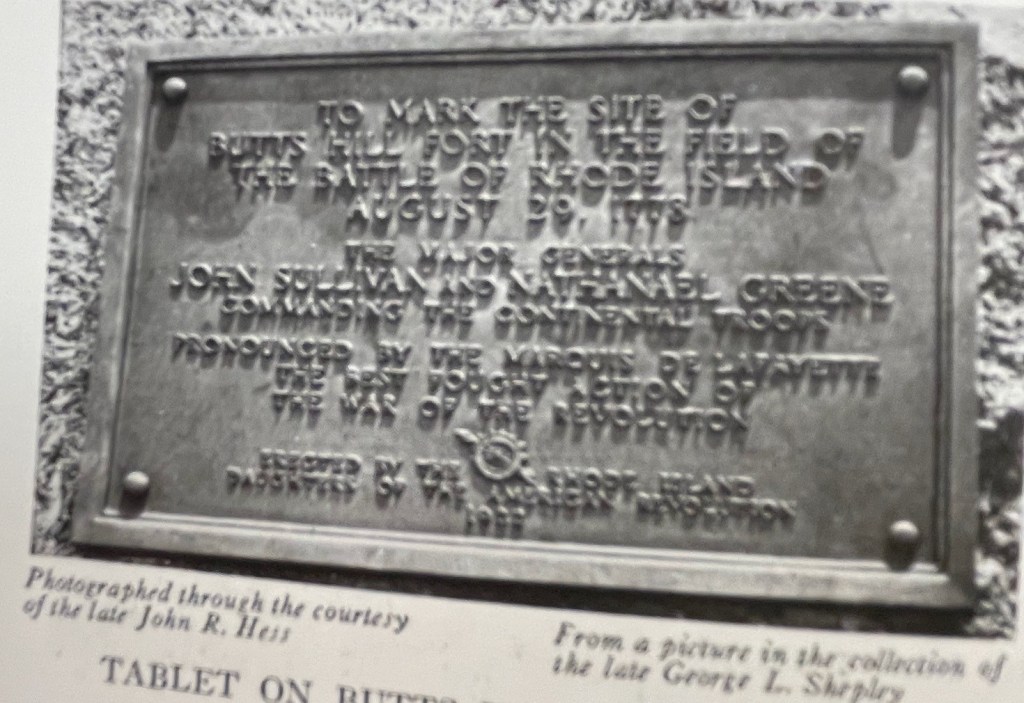
Sources:
- Forbes, Aland and Paul Cadman. The French in New England. Boston, State Street Trust, 1925.
- Newport Mercury, Sept.2, 1922.
- Fall River Evening Herald, August 25, 1922.

